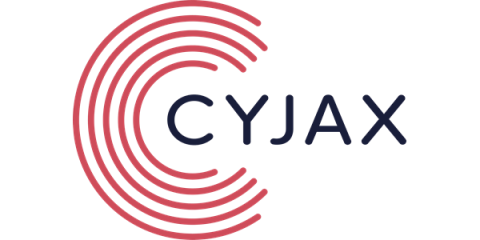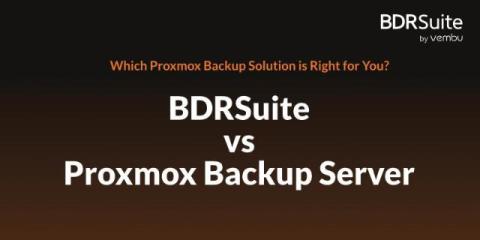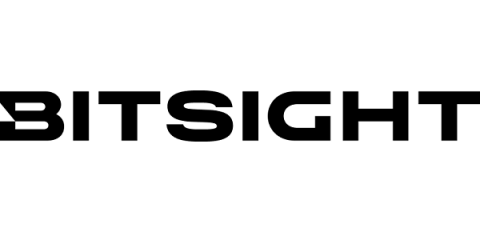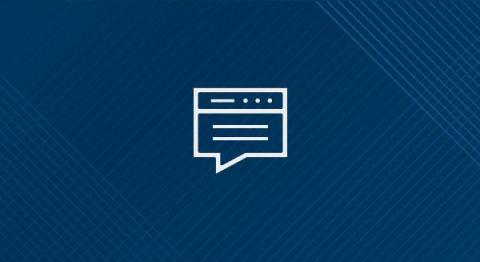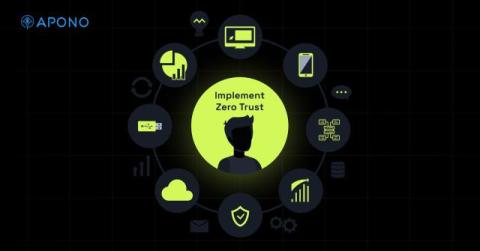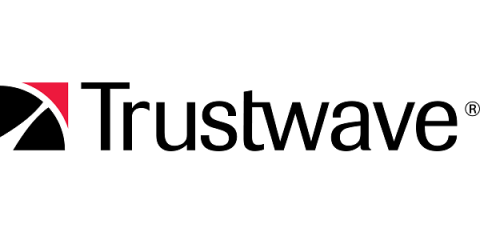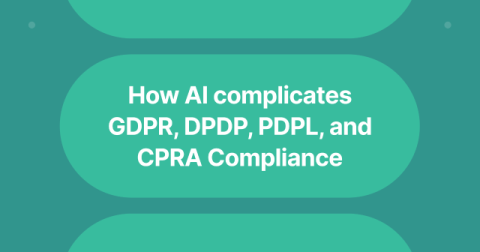How's that for a malicious Linkc, new group launches DLS
2024 saw data-leak sites (DLSs) for 72 extortion groups materialise. As of February 2025, Cyjax has identified DLSs for five new groups, as noted in recent blogs on extortion groups Kraken, Morpheus, GD LockerSec, and Babuk2. The fifth one to emerge goes by the name Linkc. Read on to find out what Cyjax knows so far about this new entrant into the data leak extortion scene.


